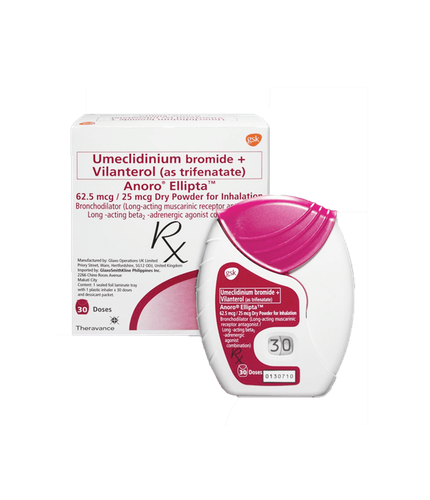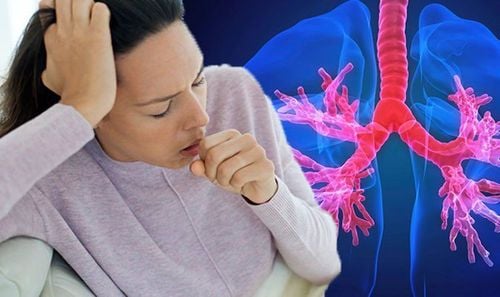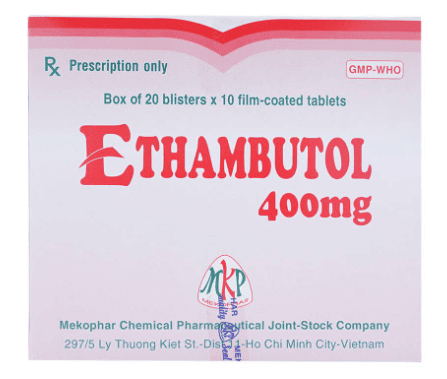This is an automatically translated article.
The article was professionally consulted with - Specialist I, Resident Doctor Dang Thi Ngoan - Pediatrician - Neonatologist - Department of Pediatrics - Neonatology - Vinmec Ha Long International General Hospital.Bronchopulmonary dysplasia is a chronic lung disease, mostly seen in premature infants requiring ventilatory support and oxygen therapy to intervene in acute respiratory disorders. Bronchopulmonary dysplasia is primarily considered a complication of preterm birth. So how is bronchopulmonary dysplasia diagnosed and treated?
1. What is bronchopulmonary dysplasia?
Bronchopulmonary dysplasia is a chronic lung disease, mostly seen in premature infants requiring ventilatory support and oxygen therapy to intervene in acute respiratory disorders, but can also occur in infants with less severe breathing problems.Preterm infants, especially those born before 28 weeks of gestation, have very few alveoli in their lungs at the time of birth, and even those that have already formed are incomplete or inactive. function is as usual. For that reason, these children require respiratory support with oxygen or mechanical ventilation. Although medical interventions can help children survive, these same interventions can cause damage to the lungs, causing bronchopulmonary dysplasia to appear.
Because the number of active alveoli in children with the disease is very low, these children are forced to breathe much faster and more forcefully than normal healthy children. Since then, children with the disease will have a slow growth, because they do not have enough energy or time to eat, making eating less full as usual. Most of the energy children use in breathing, the body has very little energy left to grow and develop, leading to growth retardation and inability to develop, leading to a series of problems in other organs of the body. body.
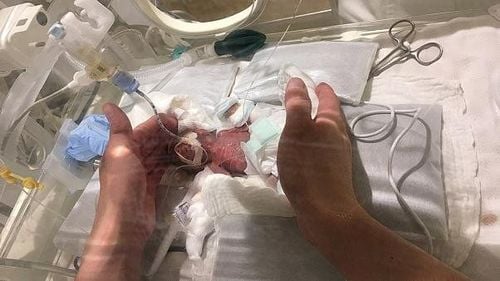
2. Signs of suspected bronchopulmonary dysplasia parents need to pay attention to
Children with bronchopulmonary dysplasia often have previously required oxygen support or mechanical ventilation, so usually at the time of diagnosis, children are already hospitalized. If this is not the case, parents should take the child to the doctor if the following symptoms appear:The child is breathing much faster than normal (usually 10 to 20 beats faster than the normal breathing rate according to the ages). Children breathing with effort (thoracic indrawing, chest contraction, contraction of accessory respiratory muscles). Appearance of purple lips, purple around the mouth.
3. Clinical symptoms of bronchopulmonary dysplasia
The clinical symptoms of bronchopulmonary dysplasia vary widely, depending on the severity of each case. The most common signs and symptoms of bronchopulmonary dysplasia are:Rapid breathing Exertional breathing (thoracic indrawing, chest retraction, accessory respiratory muscle contraction) Wheezing Cyanosis around lips, cyanosis in nails (due to hypoxia) Growth retardation Recurrent lung infections, even requiring hospitalization.
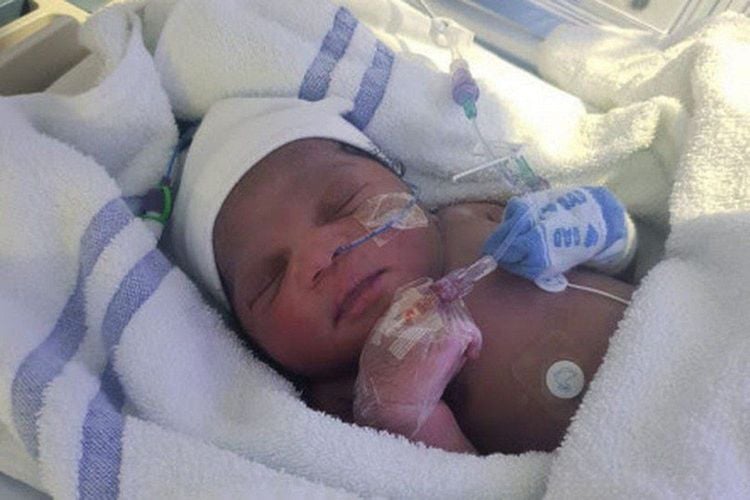
4. Diagnosis of bronchopulmonary dysplasia
Diagnosis of bronchopulmonary dysplasia is based on the clinical condition of each child, the degree of preterm birth, and the need for oxygen after a certain time. There is no specific test to definitively diagnose bronchopulmonary dysplasia, and biopsy is not necessary.Of the requirements for the diagnosis of bronchopulmonary dysplasia, the infant needs to be on oxygen support > 21% for at least 28 days or still needs oxygen support when the number of days is equivalent to 36 weeks gestation. However, there is still a need for consensus on the diagnostic criteria for bronchopulmonary dysplasia.
Chest radiograph shows diffuse opacity due to accumulation of exudate, which looks like polycystic or sponge appearance, interspersed with areas of emphysema, pulmonary fibrosis, and atelectasis.
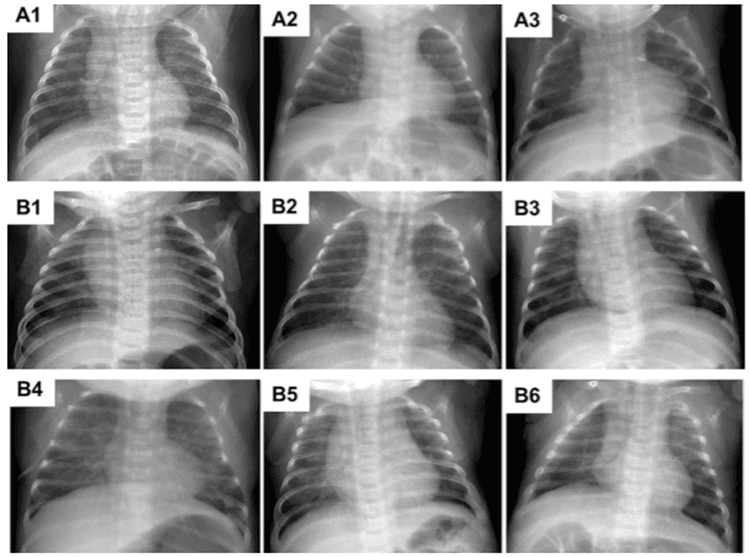
5. Treatment of bronchopulmonary dysplasia
There is currently no specific treatment for bronchopulmonary dysplasia, but available treatments can help prevent, delay, or alleviate symptoms.Medications that can be used for bronchopulmonary dysplasia are:
Diuretics: diuretics that help reduce the amount of fluid in and around the alveoli. The drug is usually taken orally, 1 to 4 times per day. Bronchodilators: Bronchodilators relax the muscles around the bronchi, thereby making the airways wider, making breathing easier. Bronchodilators are usually used as a spray or aerosol. Corticosteroids: corticosteroids reduce and/or prevent inflammation in the lungs, thereby helping to reduce edema, avoid narrowing of the airways, and reduce secretions. Like bronchodilators, corticosteroids are often given as an aerosol or spray. Antiviral drugs: Children with bronchopulmonary dysplasia have a higher risk of respiratory infections, especially respiratory syncytial virus (RSV). Children with moderate and severe bronchopulmonary dysplasia may be prescribed antiretroviral therapy for prophylaxis. Vasodilators: Some children with bronchopulmonary dysplasia may need vasodilators to relax the muscles of blood vessels in the lungs, with the aim of reducing intravascular pressure, facilitating blood circulation and reduce the burden on the heart.
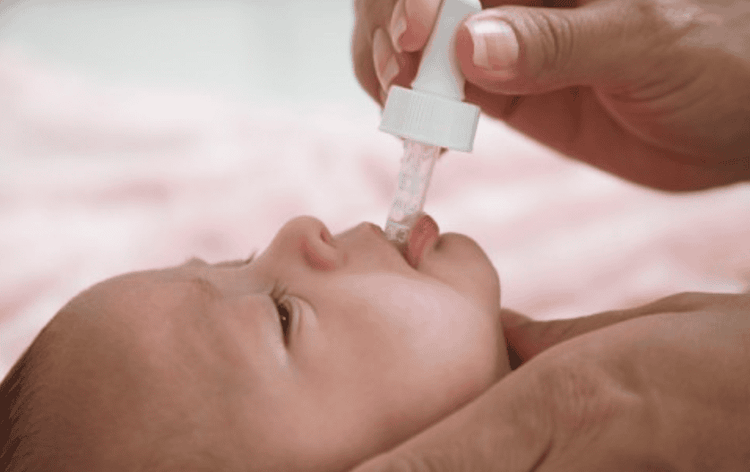
6. Prognosis and long-term care for children with bronchopulmonary dysplasia
As the child grows older, the child's lungs also develop, making it possible for the child to be weaned from the ventilator, but in many cases still need oxygen support for a while. Most cases of bronchopulmonary dysplasia will get better over time, although it will take time, and this time period will vary from child to child. The long-term effects in children with bronchopulmonary dysplasia are often asthma, chronic wheezing, and frequent hospitalization for many years afterward.Children who have had bronchopulmonary dysplasia as adults are more susceptible to respiratory infections, such as colds and flu, and are often more severe, making them more likely to be hospitalized for treatment. than other children; Therefore, it is advisable to follow good personal hygiene and infection prevention practices, avoid toxic or irritating substances (such as cigarette smoke, dust, ...). At the same time, children may have developmental delays and physical problems, such as muscle weakness, difficulty swallowing, problems with vision or hearing, etc.
Bronchopulmonary dysplasia is damage to the lungs. unavoidable in premature infants if respiratory support is required. However, thanks to medical achievements, especially stem cell transplantation, this disease is no longer a long-term obsession. Vinmec Medical System has gradually applied and succeeded in not only nurturing premature babies but also preserving the child's respiratory function.
Please dial HOTLINE for more information or register for an appointment HERE. Download MyVinmec app to make appointments faster and to manage your bookings easily.
Article reference source: webmd.com




